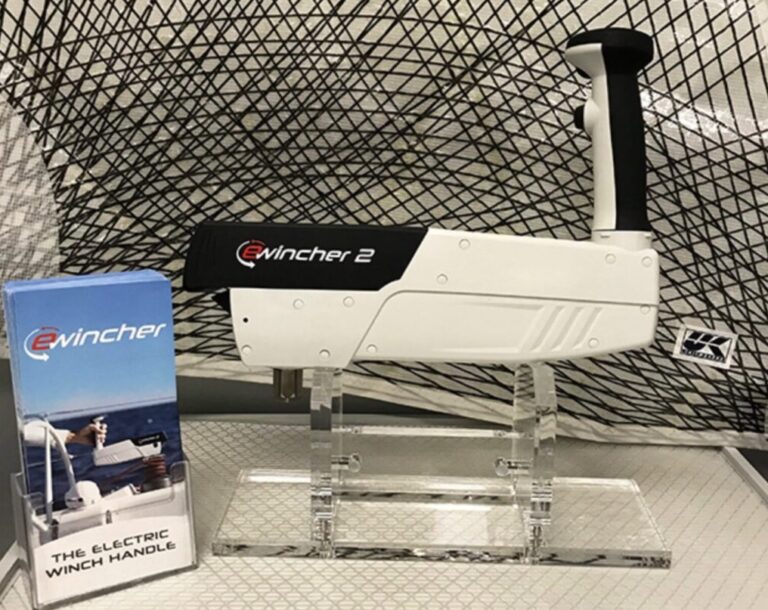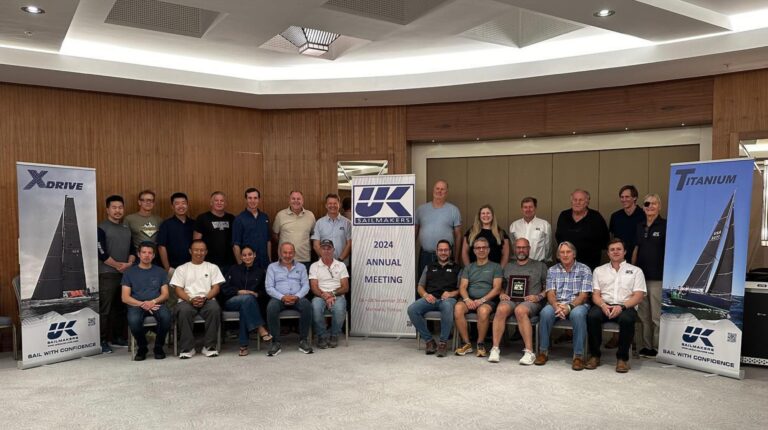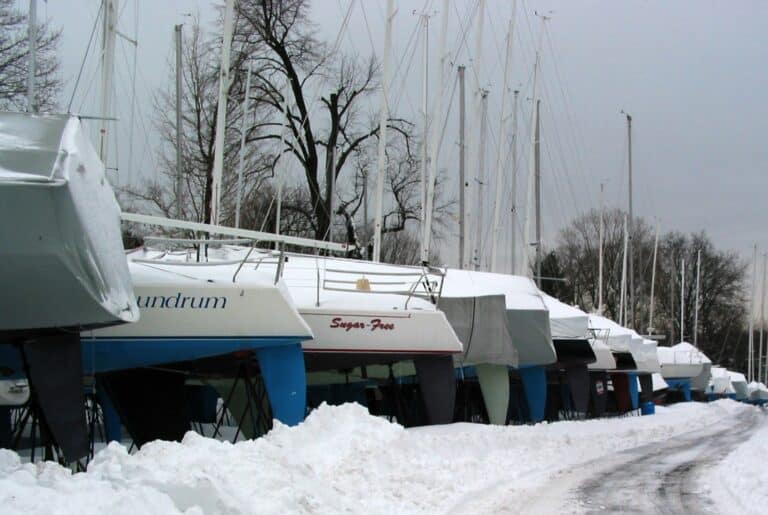This June, I am starting my second Singlehanded Transpac Race. As a lead-up event, a friend and I entered my Santa Cruz 33, SIREN, in the Doublehanded Lightship Race, a 25 mile course mostly outside of San Francisco Bay. We scored the win in our class and corrected first overall in PHRF, but we knew we could have done better.
We were mostly happy with our upwind tactics and boat speed, powered by my X-Drive mainsail and an older J3. We rounded Lightship in good shape, determined to make solid gains on the long downwind run to the finish off of St. Francis Yacht Club. As we approached the Golden Gate Bridge, the wind built to 20+ knots with a little ebb current coming out the bay. Our boat speed was a steady 8-9 knots hitting 11-12 knots in the puffs.
Since this was our first time racing doublehanded together, we talked through our jibing techniques before attempting it. Unfortunately, our three jibes did not go as planned and we rounded up each time with my crew left vulnerable on the foredeck. On the third poorly executed jibe, we found ourselves getting too close for comfort to the South Tower of the Golden Gate Bridge so a decision was made to douse the S2 chute. An afterguy was lost but there were no other issues, and some valuable lessons learned.

After sailing under the bridge with full main and J3 on a broad reach, we noticed our competitors making gains behind us, all of whom carrying their spinnakers. Instead of leading a spare afterguy and repacking the chute, we decided we were close enough to the finish to maintain our lead without risking a roundup in front of spectators (and cameras) at the clubhouse. Our calculations proved to be accurate but we were embarrassed about the optics of finishing without a chute.
Lessons Learned for Doublehanded Spinnaker Work:
- Practice a jibe, even if only in the slip before the race, both an end for end jibe and a dip pole jibe.
- Make sure the trip lines are working on the spinnaker pole. All too often, all the trip lines on a spinnaker pole are the same color as the bridle. When I am singlehanding, I know where everything is and how things work. But this was not a solo race.
- Ensure the spin sheets are within reach of the driver when the crew goes forward. For some reason we had led the sheets to the cabin top winches instead of the secondary winches by the helm. When we rounded up, I was unable to reach the sheets.
- Invest in a new UK Sailmakers Stasher for quick and easy dousing of the spinnaker without taking the entire sail down and having to re-lead the sheets and guys. We watched a doublehanded Cal 40 easily jibe their much larger kite this way.
What I think we did correctly is to remember the big picture and not push the boat too hard before a big race less than two months away. Had we shredded my S2 chute or, God forbid, broken the mast so close to Singlehanded Transpac, that would impact both my budget and ability to adequately prepare for the race. Not re-hoisting the chute was the right call, and we were lucky enough not to have blown our lead.
I’m looking forward to using my new UK Sailmakers Stasher on the next race, which I think will make jibing both my asymmetrical and symmetrical chutes much easier when racing shorthanded.






